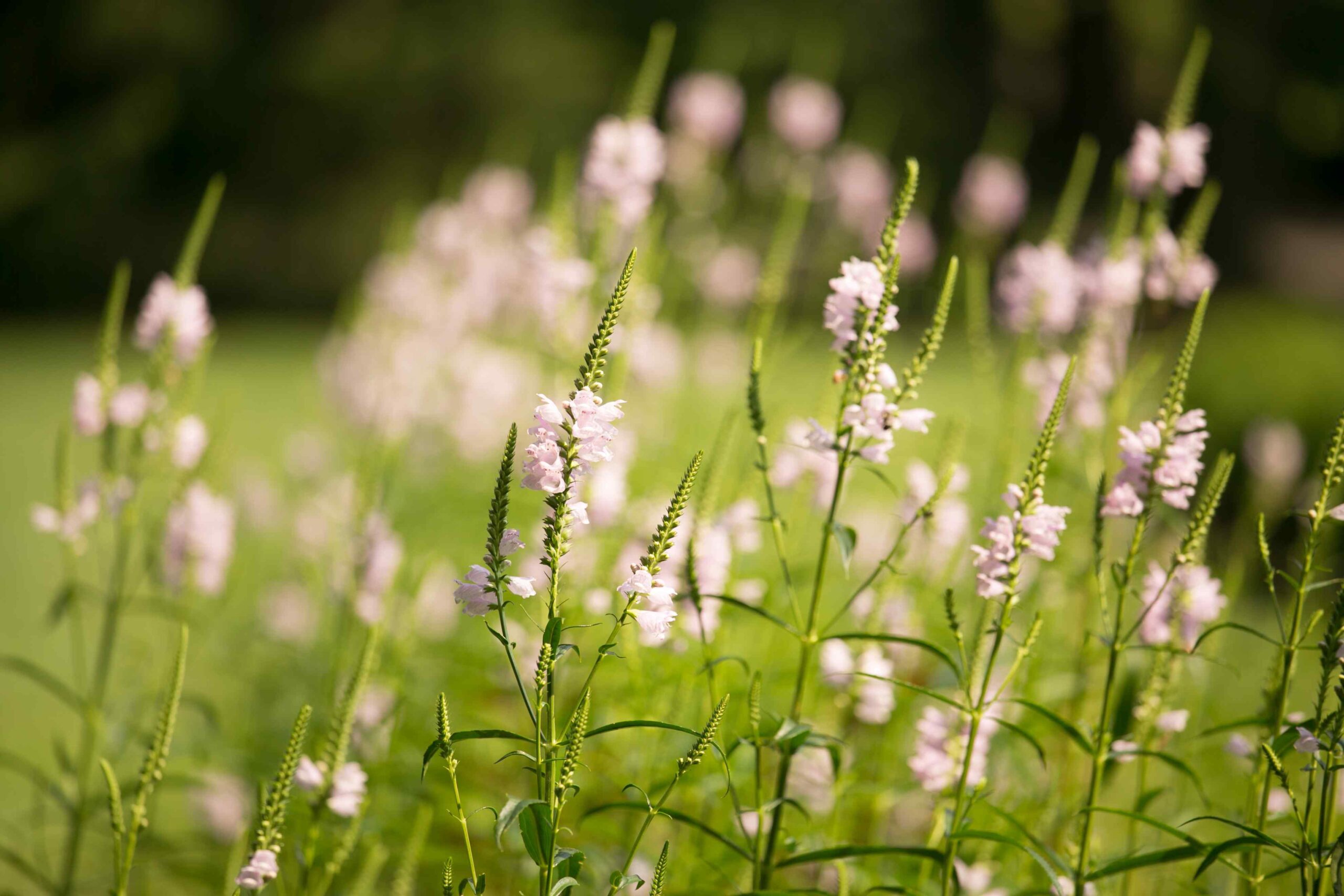
As the brisk winter weather sets in, many of us tend to retreat indoors, often overlooking the landscape outside that bears the brunt of the harsh weather. However, landscape preparation in winter is crucial for protecting your plants and setting the stage for a healthy, beautiful spring landscape.
Landscaping Preparation in Winter: Watering Equipment
As winter’s chill approaches, one crucial step in landscape maintenance is winterizing your irrigation system. This process, essential for protecting your garden’s infrastructure, involves shutting off and blowing out the system with an air compressor. This prevents water from freezing and expanding in the system, which can damage pipes and even cause them to burst.
In addition to the irrigation system, pay attention to everyday watering tools like garden hoses. As the temperatures begin to drop below freezing, we recommend disconnecting garden hoses from outdoor spigots and faucets, and draining and storing the hoses. This simple action can prevent water from freezing inside the hoses, which can lead to splits and leaks.
It’s also wise to shut off the water supply to outdoor faucets from inside your house once the watering season is over. Then ensure all faucets are open after this to help drain any remaining water. These steps are crucial for keeping your water sources in good condition and ready to use when spring arrives.
Safeguarding Plants During the Cold Months
Protection from Winter Weather
Extra care for boxwoods and other evergreens is an essential part of landscape preparation in winter. The most effective approach to protecting plants from the harsh effects of winter frost and wind damage is to use:
- Mulch insulation
- Burlap wrapping
- Anti-desiccant sprays
First, spread about four inches of bark mulch or ground-up leaves around the base of the shrub to insulate the ground. Covering the root zone protects fibrous roots from getting damaged by frost.
For some newer plants, we advise covering them for the first couple of years with burlap, since they are more vulnerable to winter’s harsh conditions. However, as plants mature, they generally become more resilient and better able to withstand the cold.
Additionally, applying anti-desiccant sprays can help maintain moisture within the plants, ensuring they stay lush and green throughout the winter.
This three-pronged technique allows moisture to reach the plants while shielding them from the severe elements.
Protection from Salt Damage
Another important aspect of winter landscape care is protecting your plants from salt damage. Often, the salts and melting agents used on driveways and walkways can harm nearby plants by drawing water away from their roots. Towards the end of winter once the ground thaws, flush the soil around these plants with ample water to dilute and wash away salt accumulation.
Protection from Disease and Pests
Pruning trees plays a significant role in plant health, especially when done in the dormant season before spring growth begins. This timing minimizes the time that fresh cuts on the plants are exposed, thereby reducing the risk of diseases and pest infestations.
Not only does this keep the plants healthy, but it also contributes to their aesthetic appeal by improving the branching structure and shape.
Protection from Winter Wildlife
Winter landscapes can often attract unwanted wildlife guests. Deer in search of food may graze on and damage plants and landscaping. Using deer sprays can help keep these hungry visitors at bay. You can also protect the trunks of young trees with wire mesh or plastic sleeves, which will prevent damage from deer rubbing their antlers on the bark and ensure the integrity of your landscape throughout the winter season.
Adding Winter Color and Dimension to Your Winter Landscape
Winter landscapes don’t have to be drab and boring. Strategically integrating plants like Winterberry, Holly, and Red Twig Dogwoods can add splashes of color and interest to your landscape during winter months. Read our previous blog about designing a captivating and visually appealing winter landscape and get five tips for adding cold weather color to your landscape.
Landscaping preparation in winter lays the foundation for a lush, healthy spring landscape that enhances the beauty and value of your property.
To learn more about landscape maintenance in every season, contact the professionals at LaurelRock. With LaurelRock, you’ll love coming home (even in the winter)!



